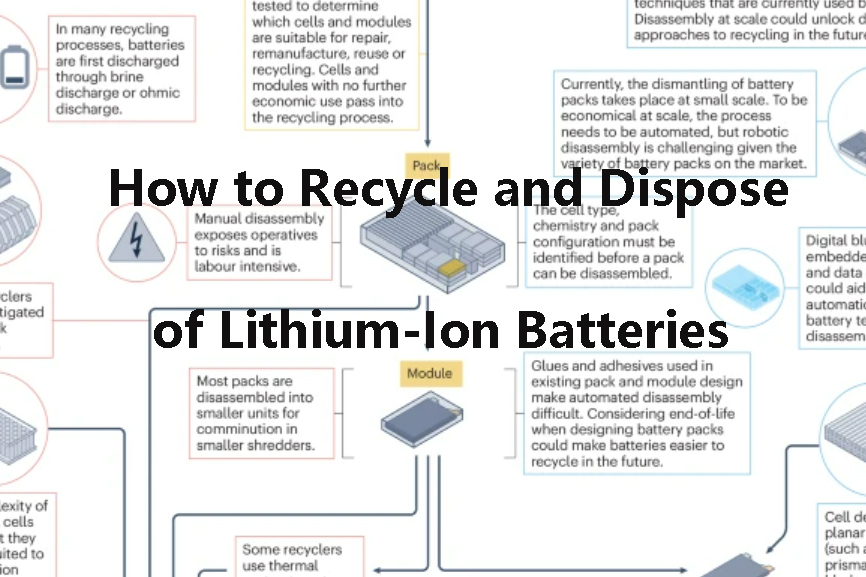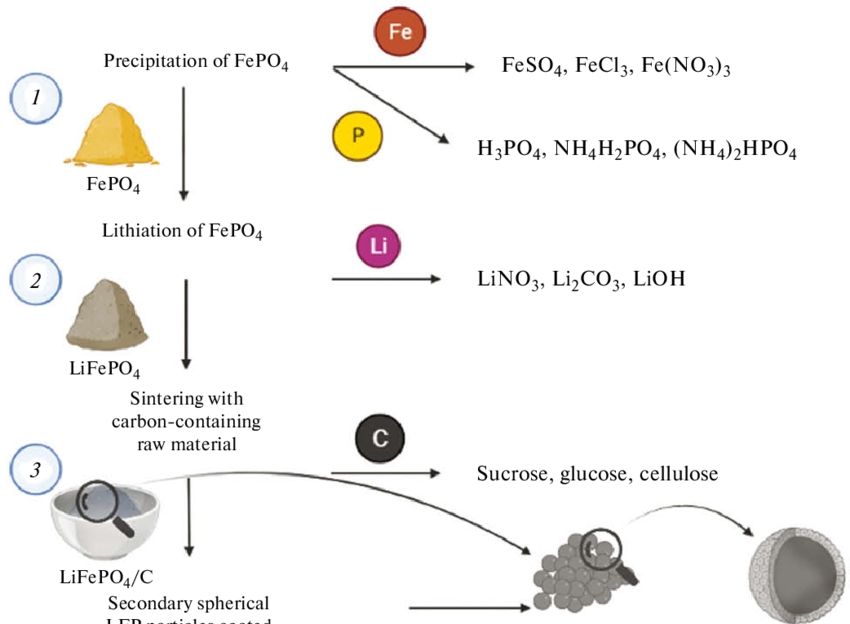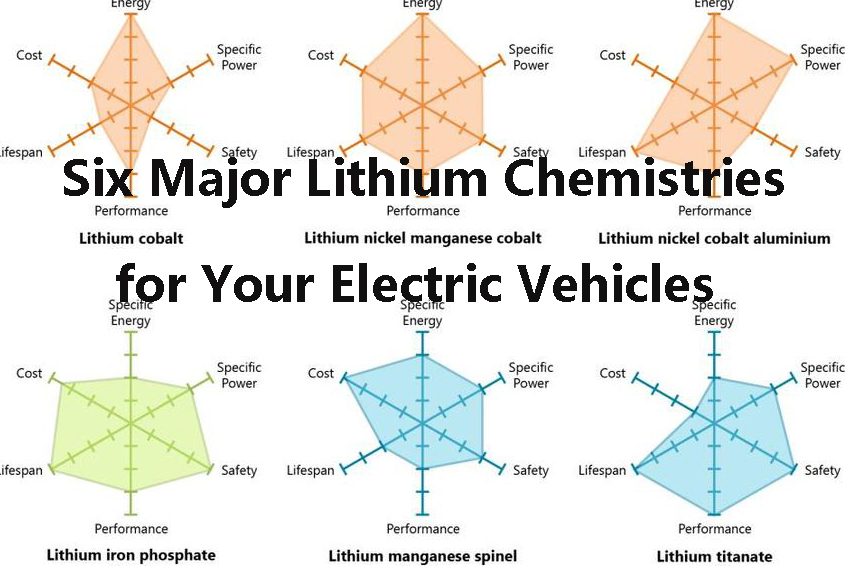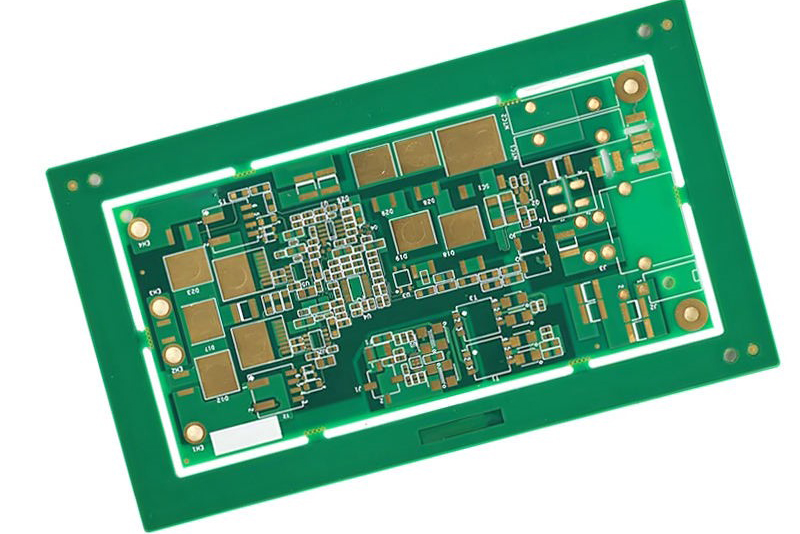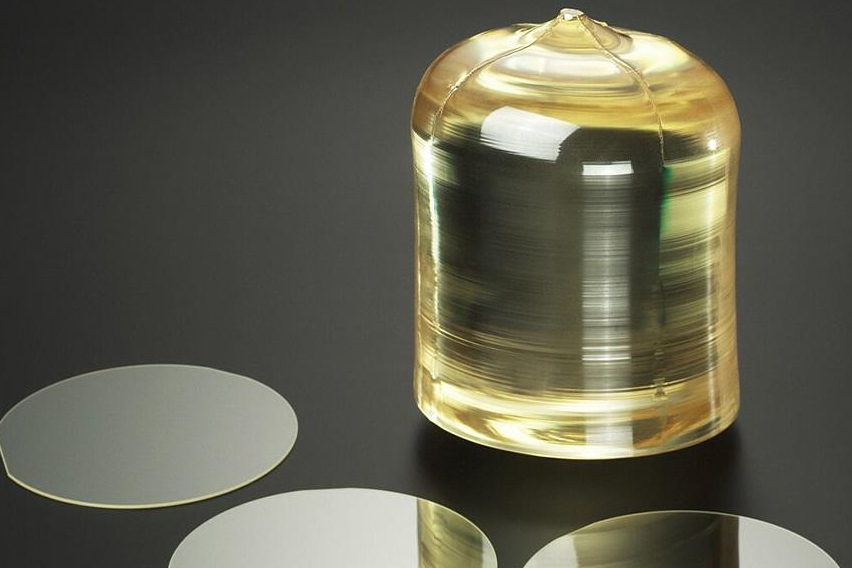
ITO Targets for Tablet and Mobile Phone Display Screens
Introduction to Display Screens ITO
ITO is a ubiquitous material in thin-film deposition procedures that create the conductive, transparent coatings needed by mobile and tablet displays. Through a process termed sputtering, ITO is deposited onto display glass or film substrates to create a thin, uniform coating. The coating enables touch sensitivity and image clarity, supporting capacitive touchscreens, liquid crystal displays (LCDs), and organic light-emitting diode (OLED) panels.

Material Properties of ITO
Indium tin oxide is a ceramic alloy made typically of 90 wt% indium oxide, In₂O₃, and 10 wt% tin oxide, SnO₂. This particular mixture is used because it achieves an unparalleled combination of optical and electrical performance. An ITO film can retain transparency up to 90% in the visible spectrum, which is critical for retaining brightness and color in images presented on display. Simultaneously, ITO possesses excellent electric conductivity and hence serves as an extremely efficient electrode layer.
Additionally, ITO has good adhesion to glass and flexible polymer substrates, with high adhesion and a clear surface for follow-up processing. It is also chemically and thermally stable, maintaining performance in various environmental conditions, an important factor in ensuring display reliability and lifespan.
Further reading: What Is Indium Tin Oxide and Why Is It Everywhere?
ITO Sputtering Targets Production
Preparation of ITO sputtering targets includes the careful selection of high-purity powders of indium oxide and tin oxide. The powders are mixed in precise ratios and afterward pressed at high pressure through cold isostatic pressing. The resulting solid is heat-sintered at elevated temperatures, typically 1,500°C, to enhance density and uniformity.
The targets are then machined to be compatible with sputtering systems and are polished to create a smooth, even surface. The quality of the target—grain size, density, and chemical homogeneity—correspondingly determines the performance of the thin films created, so the manufacturing process itself is ultimately a determinant of end-device performance.
Thin-Film Deposition for Display Screens
ITO films are typically deposited during the production of mobile phones and tablets by magnetron sputtering, a form of physical vapor deposition (PVD). Here, a plasma field is created to pump atoms out of the ITO target onto the substrate in the shape of a thin, even layer.
Either DC or RF magnetron sputtering can be used based on the application. ITO layer thickness typically ranges from 100 to 200 nanometers. The deposition parameters—substrate temperature, chamber pressure, and oxygen content—must be tightly controlled in order to maximize electrical conductivity and optical clarity.
Use in Mobile and Tablet Displays
In smartphones and tablets, ITO serves some very important functions. It is employed as the transparent conductive layer in capacitive touch screens that respond with clarity to finger movements and gestures. It is also employed as the pixel electrode in LCD and OLED displays, with very fine control over light emission and modulation.
Along with these basic functions, ITO can be used as an antistatic layer to inhibit the build-up of electric charge that can affect screen performance or user experience.
Performance Requirements and Quality Standards
To meet the requirements of current display fabrication, ITO sputtering targets should satisfy high standards. They should be of high purity to prevent contamination that will lead to defects in the film. The targets should also exhibit a uniform microstructure in an effort to deliver uniform sputtering rates and film quality.
Other important considerations are minimizing particle formation upon sputtering, possessing good thermal conductivity for thermal dissipation, and possessing stable electrical resistivity in the final film. Manufacturers typically utilize advanced quality control methods, such as scanning electron microscopy and spectroscopic analysis, to ensure these parameters.
Alternative Materials and Future Trends
Though it has many advantages, ITO has its drawbacks. One is that it is brittle and fractures easily under mechanical stress, which has been the source of trouble in instances of flexible or foldable displays. Indium is also relatively rare and expensive element with supply constraints that could impact long-term production.
In return, researchers are working diligently to identify ITO alternatives. Among them are silver nanowires, graphene, carbon nanotubes, and conductive polymers such as PEDOT:PSS. Each of these has some advantage, but none have nearly approached the performance/cost/scalability balance of ITO. Perhaps that will change as display technology keeps evolving, especially with respect to flexible electronics.
Conclusion
ITO sputtering targets remain a mainstay in manufacturing mobile phone and tablet displays. Their unique combination of transparency and conductivity enables the high-resolution, touch-capable screens that define modern mobile devices. While issues such as brittleness and indium shortages present challenges, ongoing advances in target manufacturing are available alongside substitution materials that guarantee innovation in this field will persist in the future. For more information, please check Stanford Electronics.
Frequently Asked Questions
Why is ITO used so widely in displays?
Since it has high optical transparency and satisfactory electrical conductivity, so it is used in touchscreens and display electrodes.
Can ITO be used on flexible screens?
Yes, it can be used, but its brittleness is a limitation. Alternatives like silver nanowires or graphene are being explored for use on flexible materials.
Is ITO environmentally friendly?
Although it is not toxic, indium extraction and processing come at an environmental price, and recycling ITO-coated products is still problematic.

